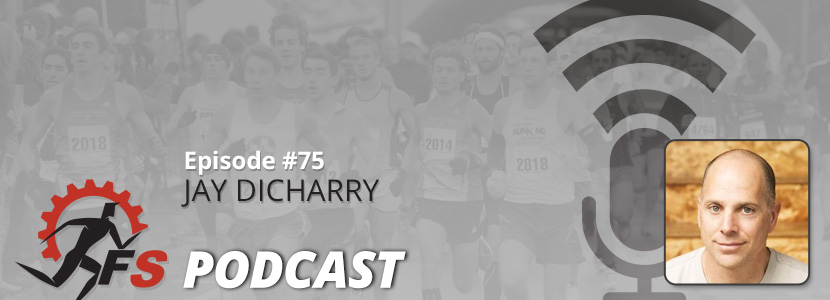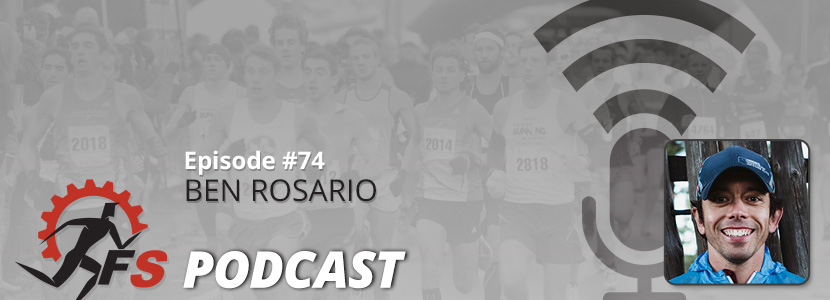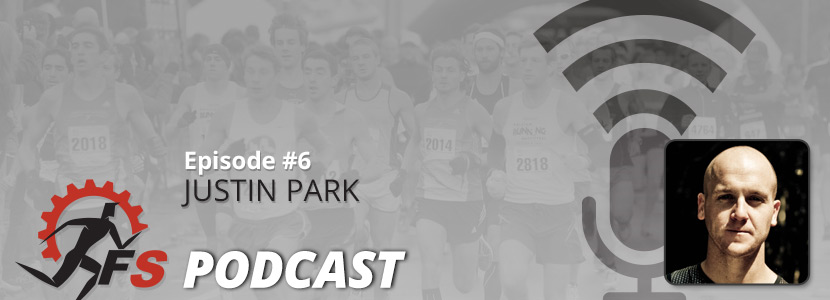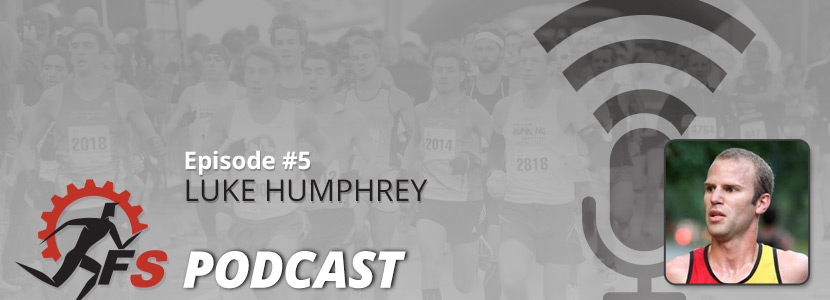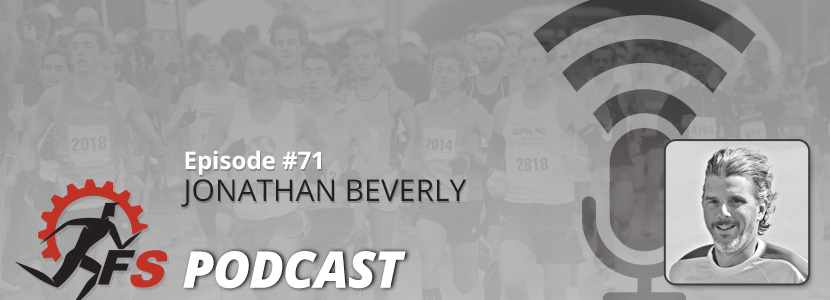Welcome to Episode 75 of the Final Surge Podcast where we welcome back Dr. Jay Dicharry. Jay is the author of a must-have book for any coach, Anatomy for Runners. Jay has a follow-up book he has just released called Running Rewired. We have all heard of the book Born to Run, but are we born to run or is it something that we adapt to over time? Jay discusses that as well as how deliberate practice can make you more efficient. Make sure you check out Jay’s book Running Rewired which you can find on his website An Athlete’s Body. Now, on to the show.
Listen to the podcast on iTunes or listen to it on Stitcher or Google Play if you have an Android device.
Stream it right here:
We had you on Episode 49 of the Final Surge podcast so welcome back. On Episode 49 we talked a lot about your must-own book Anatomy For Runners. You have a new book out called Running Rewired. I am more of a wi-fi guy so what do you mean about runners getting rewired?
- Get past running requires amazing flexibility or strength
- How your nervous system impacts how you move
If someone read your book Anatomy for Runners, why should they read this too, what would they get from Running Rewired?
- Anatomy for Runners fits into a space with more scientific background
- Was for intelligent and in the know runners and coaches
- Was good for clinicians
- Rewired more for everyday runner
- Rewired from ground zero to increase capacity
Are we naturally wired to run, like if I took a 4-year-old and said run, are they wired correctly or do we need to learn it?
- Young kids learn to play and are more dynamic
- Problem not sitting, but that we do one thing all the time then expect to move differently when we put on our shoes
- We are not born to run, we adapt to run
- Takes cultivating of how we move
You talk about deliberate practice in the book. How do we know if we need to work on getting rewired and if we do how do we know we are doing the right things to get there?
- Not about volume of practice
- Practice has two types specific and deliberate
- Specific putting on shoes and doing more of it
- Deliberate says these are the skills you need, let’s refine them with a plan
- Not about running more, but running with quality
- Everyone I have ever seen needs more deliberate practice
You mentioned everyone needs to get better, so how do we know what we need to work on?
- Roadblocks in books that test you
- Some motions will be less skilled at
In Episode 49 we dug into your clinic and your clients. In your clinic, you don’t have just elite runners, but you have many average age group runners coming in. So you see a wide variety of situations. With seeing so many people over the years are there certain things you see usually see that you can quickly narrow it down to what the issues are without even seeing the athlete. So like if a runner came in and said I have shin splints or i have pain on the outside of my knee probably from IT band, could you give them 1-2 things to work on or is it too specific to each person?
- I have a lot of lab data that identifies what causes overuse injuries, usually a few paths
If I took 5 mid pack runners and 5 elite runners and did a video on them, could you tell just by their gate which were the elites? And if so what about the gate is different?
- Elites are blessed with great genes from their parents
- As far as form can be both
- Yes form matters, but capacity important too
One thing you talk about in the book was core exercise. If I do a lot of planks, L-ups, V-ups and those type of core exercise can you explain why they may not be the best?
- Running is dynamic and not static
- Holding the body stable like a plank does not help much
- Get people moving in positions that challenge without putting stress on joints
- Spend more time doing more dynamic movements for core
- Coaches your core routines are killing your runners
- Building skills as body twists while running
What does training core with rotation look like?
- Lay on back with knees and legs up like sitting in chair, grab med ball and hold up
- Rotation is important while running, twisting forces
If a runner or coach said this was all great information, but I have 15-20 minutes to spend with my team before they start running, what should we focus on, how would you guide them on the biggest bang for the buck?
- Skills and performance workouts in book
- Skills building muscle memory, lots of bang for buck to rewire central nervous system
- Identify roadblocks with tests then fix the ones that need working on
One of the things you talked about in the book was pelvis tilt and correcting it by using the stomach muscles to pull up on the front of the pelvis, this is how I was taught so can you talk about why this is wrong and what people should be doing for pelvis tilt?
- Shortens step
- Can analogy for strength
- If lose core position crumbles can
One issue that gets talked about is knee dominate vs hip dominant or pushing vs pulling. What does this look like for a runner?
- Can look at squatting patterns, squat knee forward position overstride
- To quad dominant
- Overstride pushes loads and increases stress per stride
- Want to move to hip or glute dominant
Resources:
Team Final Surge


